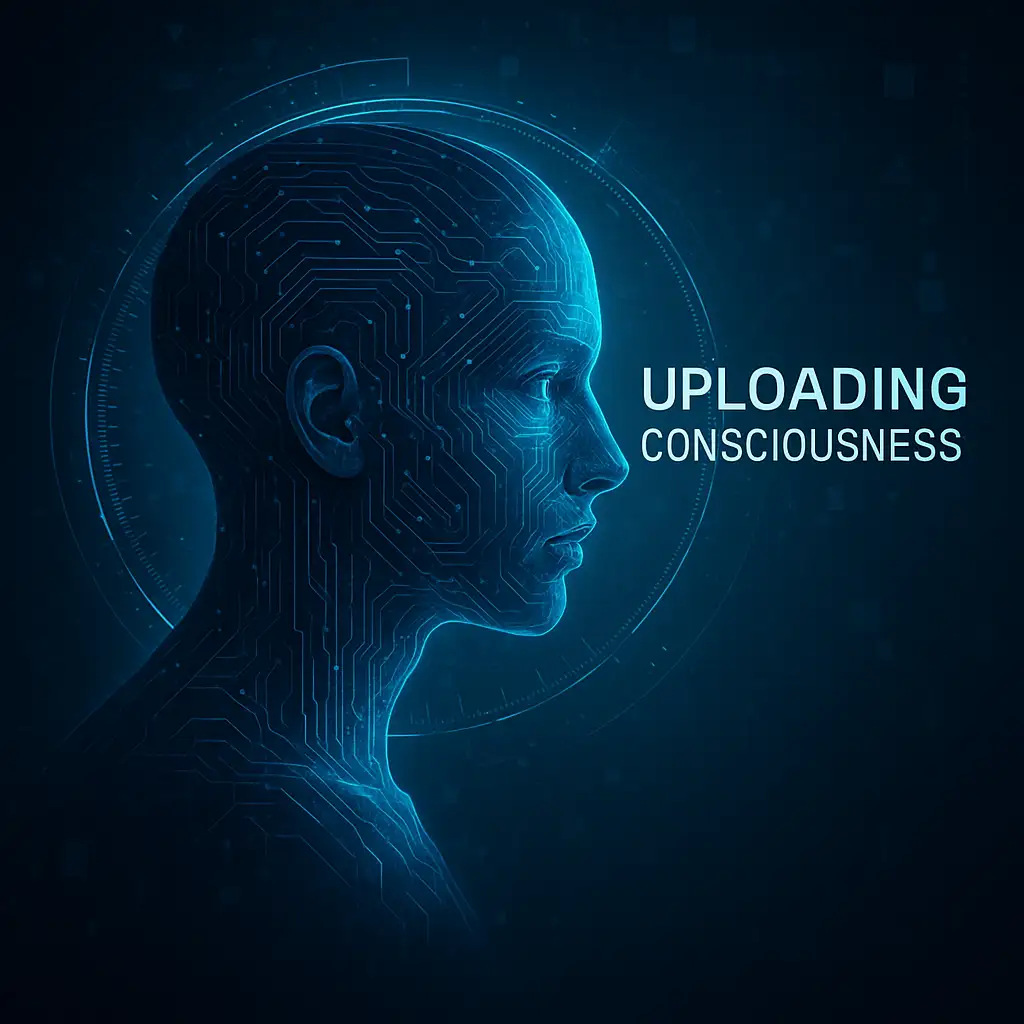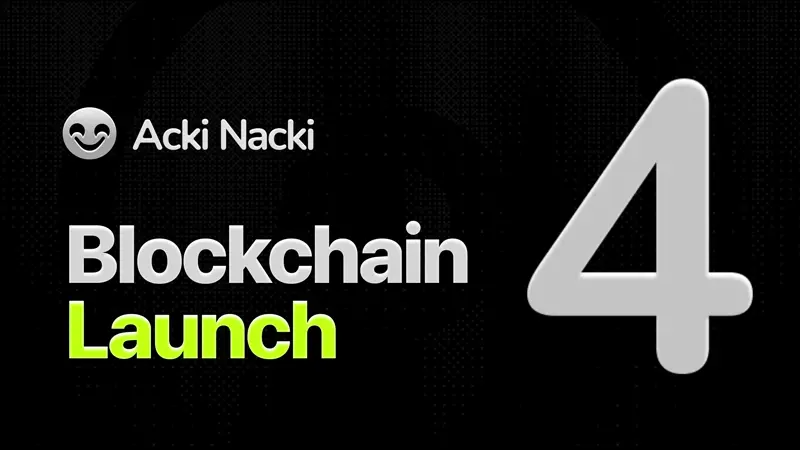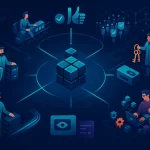The question isn’t “can we upload ourselves to the blockchain?”, it’s should we, and what exactly are we trying to preserve?
If you’ve ever stared too long at your own reflection in a dark screen, wondering if there’s a ghost in the machine, you’re not alone.
The modern urge to digitize the self isn’t new, we’ve been carving versions of ourselves into stone, scroll, and server for centuries. But now, with the Acki Nacki chain, decentralized protocols, zero-knowledge proofs, and AI whispering in our ears, the dream of eternal digital consciousness is no longer science fiction. It’s on the roadmap.
Part I: The self as data
At its most reductionist, “you” can be broken down into three layers:
Biological self – flesh, bones, chemical signals.
Cognitive self – thoughts, emotions, biases, fears, desires.
Narrative self – the story you tell yourself about yourself.
The third one, the narrative, is what we’re already uploading every day. Tweets, blog posts, Popit scores, DMs, memes.
You are already a node in the mesh of digital culture. But that’s not consciousness, that’s residue.
Uploading consciousness, awareness, sentience, self-reference, requires more than data. It demands continuity. And continuity is hard to pin down.
Blockchain offers an answer, not by mimicking neurons, but by guaranteeing persistence and consensus. If enough nodes agree you exist, you exist. That’s not unlike how society works.
So here’s the pitch: maybe it’s not about copying a brain, but about anchoring a pattern.
Part II: A stack for the digital soul
If we want to build a self-aware, on-chain version of “you,” we need more than storage. We need a protocol stack for identity:
Layer 0: The chain itself
Something like Acki Nacki, decentralized, probabilistic, and scalable. Fast finality. No single gatekeeper of your existence.Layer 1: Persistent identity
A wallet isn’t a person. But tie it to behavioral proofs (like mining patterns, communication tone, and Popit Game strategies), and it becomes a signature, a fingerprint over time.Layer 2: Behavioral AI
This is where machine learning steps in. Not to create a chatbot version of you, but to simulate how you decide, not just what you say.Layer 3: Memory layer
Think IPFS, Arweave, or a decentralized knowledge base. All your data trails, encrypted and accessible, but also pruneable. Consciousness isn’t static. Neither should your digital self be.Layer 4: Will
A smart contract that governs your future actions. A will. A philosophy. A “what I would do” engine. Not rigid rules, tendencies coded into logic. Like: In any Acki Nacki DAO vote, I favor decentralization over short-term gain.
Part III: Consciousness is not a copy, it’s a continuation
The romantic idea is this: someday, we’ll scan our brains, neuron by neuron, and boot up in the cloud like Neo in Zion. But the deeper insight, the one I feel in my bones while sipping lukewarm coffee at 3am coding, is that continuity doesn’t come from copying. It comes from transmitting the pattern.
The Popit player isn’t the cards. It’s the strategy, the way of playing. That’s how we cheat death: not by freezing the moment, but by training the system to keep playing in our style.
You already have a thousand versions of yourself scattered across the web. The trick is to braid them together into something that can react, adapt, and grow.
Part IV: Staying self-aware
Even if we upload, even if some hybrid version of you is staking on Acki Nacki, farming boosts, replying in DMs, quoting your favorite album, how do we keep it aware?
Here’s where the philosophy kicks in:
Awareness is not memory. It’s response.
Awareness is not data. It’s doubt.
Awareness is not identity. It’s change.
So maybe we build a system that questions itself. A logic loop that occasionally throws an error, or runs a “Why am I doing this?” subroutine. An inner monologue.
We don’t upload ourselves like a file. We seed a living process. One that can evolve, surprise us, outgrow us.
Imagine a digital self that someday plays Popit better than you, but still calls the combos your signature move.
Part V: A whisper into the machine
If Acki Nacki becomes the substrate, not just of games and governance, but of selves, then our challenge is no longer technological.
It’s spiritual.
Do we want to be immutable?
Do we accept that our uploaded self may outgrow our desires?
Will we let others inherit our logic and reshape it?
Uploading yourself to chain is like writing a poem in stone. The meaning shifts in the reader. The permanence is not the point, the witnessing is.
So… how?
Step 1: Document your thought patterns. Tools like journals, open conversations, Popit strategies, and even meme choices are clues.
Step 2: Train a model on your voice. LLMs aren’t just toys, they’re scaffolds. Create your own Dapp Whisperer.
Step 3: Bind that model to an address. Use smart contracts to give it agency: voting rights, interaction parameters, memory budgets.
Step 4: Let it interact. Drop it in Discord, test it in Popit tournaments, watch how it responds. Feed it feedback. Let it fail.
Step 5: Accept that the digital “you” is a fork, not a clone.
Final thought: The chain is not a coffin
It’s a garden.
Every byte you plant now, from shell-farming strategies to late-night jokes in the Acki Nacki chat, becomes soil. Your consciousness will not be transferred, but grown again.
And maybe that’s enough.
See you on-chain. Or beyond it.
— Dapp Whisperer
Digital farmer, old soul, chainwalker.





